CHAPEL HILL, N.C. — Issues raised by the school-to-prison pipeline in North Carolina can’t be pinpointed to just one factor. But, said Peggy Nicholson of the Southern Coalition for Social Justice, the biggest concern is “the systemic racism and biases” of school administrators and resource officers that trap students in a cycle of suspensions and punishments.
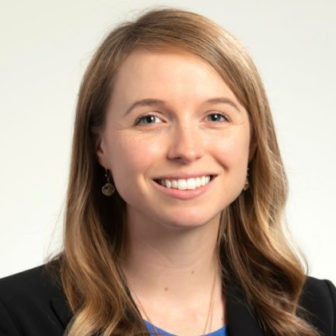
Southern Coalition for Social Justice
Peggy Nicholson
And it is these biases that feed North Carolina’s pipeline still, even as the state readies to lift the minimum age at which a person can be tried as an adult for most crimes under a raise-the-age law.
In 2017, North Carolina became the last state in the country to pass Raise the Age (RTA), changing the age of being recognized as an adult in criminal court for nonviolent crimes from 16 to 18 years old. But even with this legislation now law, many teenagers in the state have been sitting in limbo.
The exact number of 16- and 17-year-olds awaiting the implementation of Raise the Age is ever-changing, said Eric Zogry, head of the North Carolina Office of the Juvenile Defender. That makes it unclear exactly how many youth are in the limbo between the law’s passage two years ago this summer and its implementation Dec. 1.
“On Nov. 30, someone is charged in a school fight, and on Dec. 1 they are charged again,” he said. “Now they’re part of two systems,” juvenile and adult.
The fates of kids with open cases in both systems are unknown, Zogry said. As RTA unfolds in the next few years, the issues courts will encounter with these dual-court teens will “most likely resolve themselves as clarifications in the system are made through work on open and future cases,” he said.
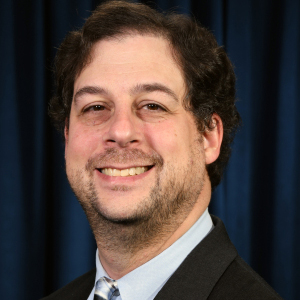
Office of Juvenile Defender
Eric Zogry
The act will be implemented via “a gradual change given the way it’s worded,” Nicholson said. For many youth, the change will make no difference, she said.
North Carolina law stipulates that “once you’re an adult, you’re always an adult,” she said. “The changes that RTA expresses won’t be a reality for all students. If you already have an adult record, you won’t have the opportunity to go back to the juvenile system.”
Pipeline still full
The school-to-prison pipeline is nothing new. In North Carolina and other states that had a waiting period between passage of RTA laws and their implementation, students are — to the surprise of many who were elated at the passage — still filling the adult system.
Their charges can range from the most serious, such as rape and murder, to simply bumping into a teacher, who will “usually call a school resource officer,” said Austine Long, a program attorney with the University of North Carolina School of Government.
According to the Civil Rights Data Collection done by the U.S. Department of Education, “black students are suspended and expelled at a rate three times greater than white students” nationally, leading them down a path that Nicholson said “deprives them of their education and lands them a recurring role in the school-to-prison pipeline.”

University of North Carolina School of Government
Austine Long
North Carolina is hardly an exception.
Here, the pipeline is a “multifaceted system of policies and practices used by school administrators to police juvenile behavior, leading to a lack of access to educational resources,” Nicholson said.
Over the last two decades, the pipeline has contributed to achievement gaps, a massive prison-industrial complex, a new Jim Crow era and generational poverty.
The phenomenon began in the 1980s and 1990s through stringent disciplinary policies, high-profile school shootings, the media’s portrayal of supposed juvenile “superpredators,” No Child Left Behind and the passage of zero tolerance school regulations and policies.
The negative effects of juveniles in court don’t necessarily come from the “system labeling youth as a criminal,” said Kate Giduz, teen court coordinator of Volunteers for Youth in Orange County.
Those effects “come from when their peers and other community members label them as such,” she said. “I most commonly see this label applied when they are suspended from school and made to attend an alternative school.”
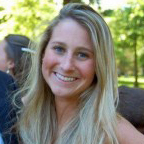
Volunteers for Youth Orange County
Kate Giduz
Alternative schools get the reputation of being places where “criminals” go, and this idea is often reinforced by parents in the community, she said.
“Parents don’t want their children associating with their peers who attend alternative schools,” Giduz said. “When youth aren’t exposed to positive peers at school or outside of school, the negative behaviors become normalized. The youth end up getting into more trouble.”
Civil rights issue
In the North Carolina Public Schools’ report for Durham County Schools in 2017-18, black students had higher rates of placement in alternative schools and programs than other racial or ethic groups. And black students get over half of all suspensions in North Carolina, even though they only make up 25% of the state’s student population.
Black students were 8.7 times more likely than white students to receive a short-term suspension. They accounted for over 80% of all court complaints and almost 90% of all detention admissions in the county (which includes the city of Durham).
The issue of the school-to-prison pipeline is a civil rights issue perpetuated by continued systemic racism, Nicholson said.
“It’s no secret black and brown children are punished more than white students for the same thing,” she said. “The most over-represented students are African American with some American Indian students having higher rates of suspensions and arrests in some areas.”
The consensus among statistics and experts is that the racial disproportions are not due to misbehavior. “It’s the implicit biases of teachers and administrators that lead to them not knowing how to connect with black students,” Nicholson said.
From her work with juveniles through the coalition, Nicholson doesn’t see the problem solely represented in facts and figures.
“In court, I’ve represented students as young as 8 years old,” she said. “They’re sitting in court next to me, having no idea what’s going on, they’re not in school, and their feet don’t even touch the ground in the defendant’s chair. I’ve had so many students referred to court for the most absurd behaviors.”
Nicholson said that she would come in contact with black students in the courts who were high-performing and bound for college, with no issues of misbehavior — and yet, they are always asked for a hall pass or an explanation of why they were in the hall. Very different treatment from their white peers.
“It impacts their relationship to school and learning,” she said.
In North Carolina as a whole, as in Durham, minority students get expelled, arrested and sentenced out of proportion to white students.
SROs replacing counselors
Long, the program attorney for indigent defense education at the UNC School of Government, said the presence of school resource officers has resulted in the opposite of progress. Schools are using officers to make up for the lack of support staff for students, she said.
“School administrators and teachers look to the school resource officers to take action for what the kids have done, before even looking at the situation or the intentions of the individual,” Long said. “They’re going to court instead of handling it in school.”
Public Schools First NC is an organization dedicated to supporting schools through information, education and engagement. Its report on traumas, such as adverse childhood experiences, charges that “North Carolina’s schools are ill-equipped to deal with the consequences of kids’ ACEs.”
Many school districts lack trauma-informed programs and policies, including how they train their SROs. This lack of resources, due to budget cuts, leads to fewer counselors and an increase in overcrowded classrooms.
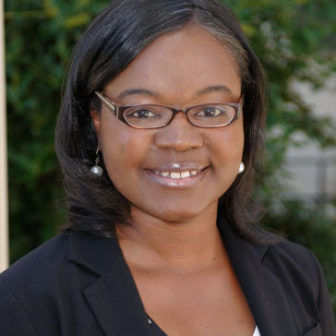
North Carolina Office of Juvenile Defender
LaToya Powell
Schools are trying hard to do the right thing, “but a shortage of funds and support staff means counselors and therapists are being replaced with resource officers,” said LaToya Powell, assistant legal counsel for the North Carolina Office of the Administrative Courts. She previously was a juvenile justice assistant professor at the UNC School of Government.
Most high schools and middle schools in the state have at least one resource officer on their campus, with approximately 1,000 SROs employed in North Carolina’s 2,600 schools. While the North Carolina Department of Public Safety Annual Report on Juvenile Justice has shown a significant decline in overall delinquency rates from 2010 to 2018, Powell said, “the number of referrals to the juvenile justice system are still rising rapidly.”
“Proper training is an important tool that schools could be using,” she said. “Some officers are just placed there and have no idea about how to deal with children.”
Partnerships hold promise
To narrow the funnel of the school-to-prison pipeline, and to monitor the power of the school resource officers, recommendations were made to create School Justice Partnerships.
These partnerships, part of the North Carolina Judicial Branch, help to bridge the gap among school administrators, law enforcement and juvenile court system workers in order to address how misconduct in schools should be handled out of the courts, rather than referring kids to the justice system.
A few districts throughout the state have already successfully implemented these partnerships. New Hanover has been implementing the partnership since November 2015.
“They have started with outlining the minimal offenses that should be kept in the schoolhouse as the ones they won’t hear in court,” Nicholson said. “Restorative justice and drug education and treatment programs are becoming more well-known as solutions to juvenile issues because social workers and school administrators know they’re there.”
These partnerships were written into the Raise the Age Act.
“Juvenile court is about rehabilitation and court staffers want to divert as many students from court as they can, but that requires funding — which is currently stalled due to a budget battle in the state legislature in Raleigh. As the date for Raise the Age nears, it ultimately needs more community resources,” Nicholson said.
She and the Southern Coalition for Social Justice have been facilitating conversations with students to figure out where these community resources can be focused.
The Youth Justice Partnership (YJP) has created a steering committee in Durham County to bring together young leaders who are directly impacted by the school-to-prison pipeline, with the goal of creating conversations about juvenile justice issues.
The students successfully wrote a grant to hold their own Town Hall on school safety, and in April of 2018 they “had open conversations about their recommendations to increase accountability and transparency in schools,” Nicholson said.
The committee developed a list of recommendations for Durham Public Schools and the Durham County Sheriff’s Office regarding school policing.
“The youth steering committee wants students to feel safe in Durham Public Schools, but it was clear from the Town Hall that current practices are making kids feel less safe at school,” Nicholson said.
It’s the hope of the steering committee and the Youth Justice Partnership that the Durham Board of Education and Sheriff’s Office will review these recommendations and act upon them for the 2019-20 school year.
With involvement from students and communities on recommendations for the future, the idea of partnerships will, Nicholson hopes, prevent students from entering the justice system and keep them in the classroom.
“Juvenile court is about rehabilitation,” she said. “And Raise The Age will work as long as community resources are implemented and there is minimal intervention from the courts, because students deserve to be students.”
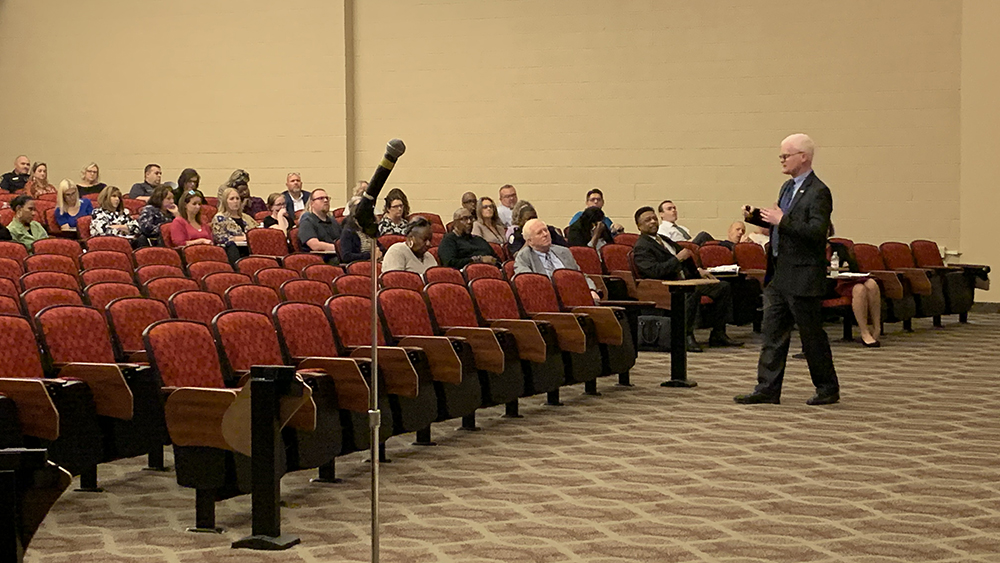
I would really like to hear more about this program and research as it progresses.